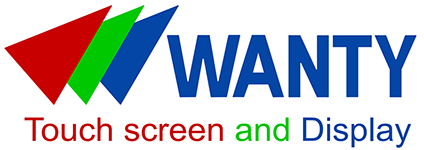China capacitive touch screen price
The price of a capacitive touch screen can vary depending on several factors, such as the size, resolution, and features of the screen. Generally, smaller screens will be less expensive than larger screens, and screens with higher resolutions or additional features will cost more.
As a rough estimate, basic capacitive touch screens can start at around $5 for smaller sizes (such as 3.5 inches), while larger screens (such as 10.1 inches) can cost upwards of $50 or more. Screens with higher resolutions or additional features such as multi-touch capability can cost even more.

It’s important to note that these prices are for the touch screen itself and do not include any additional hardware or software that may be required to integrate the touch screen into a larger system. Additionally, prices can vary depending on the supplier and other factors such as shipping costs and taxes.
If you’re looking to purchase a capacitive touch screen, it’s a good idea to research different suppliers and compare prices and features to find the best option for your needs and budget.
best results



















